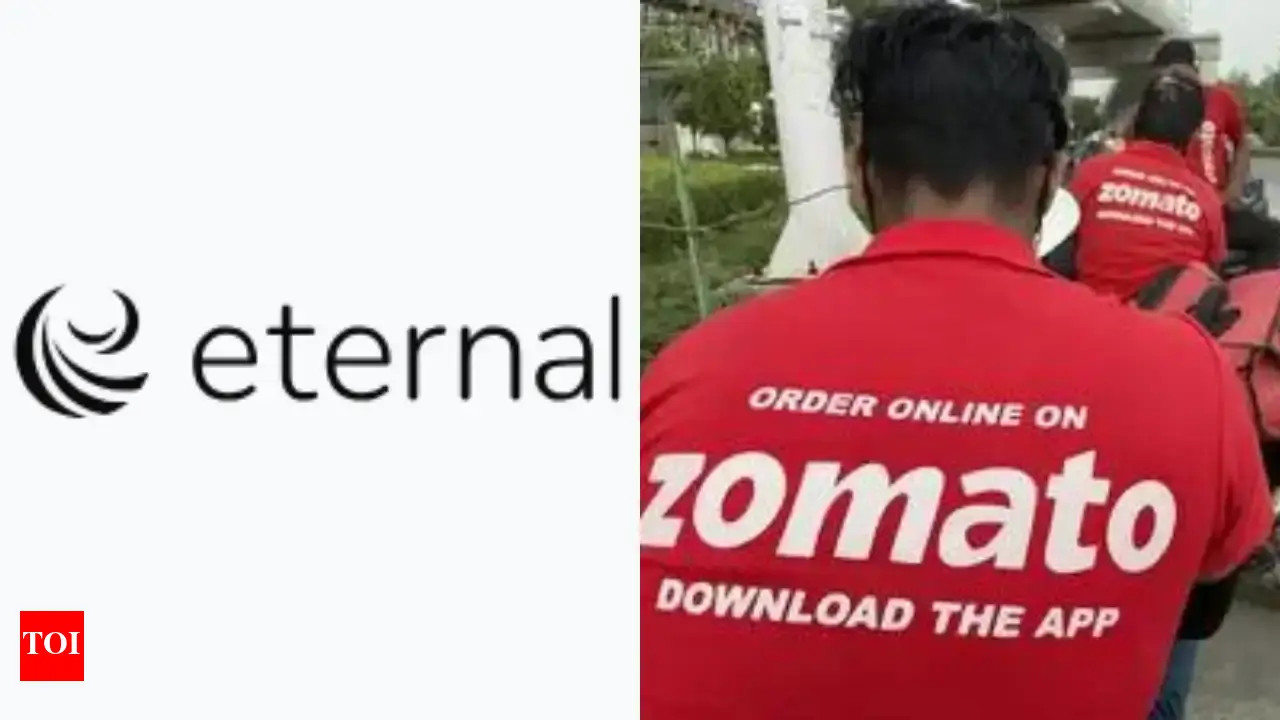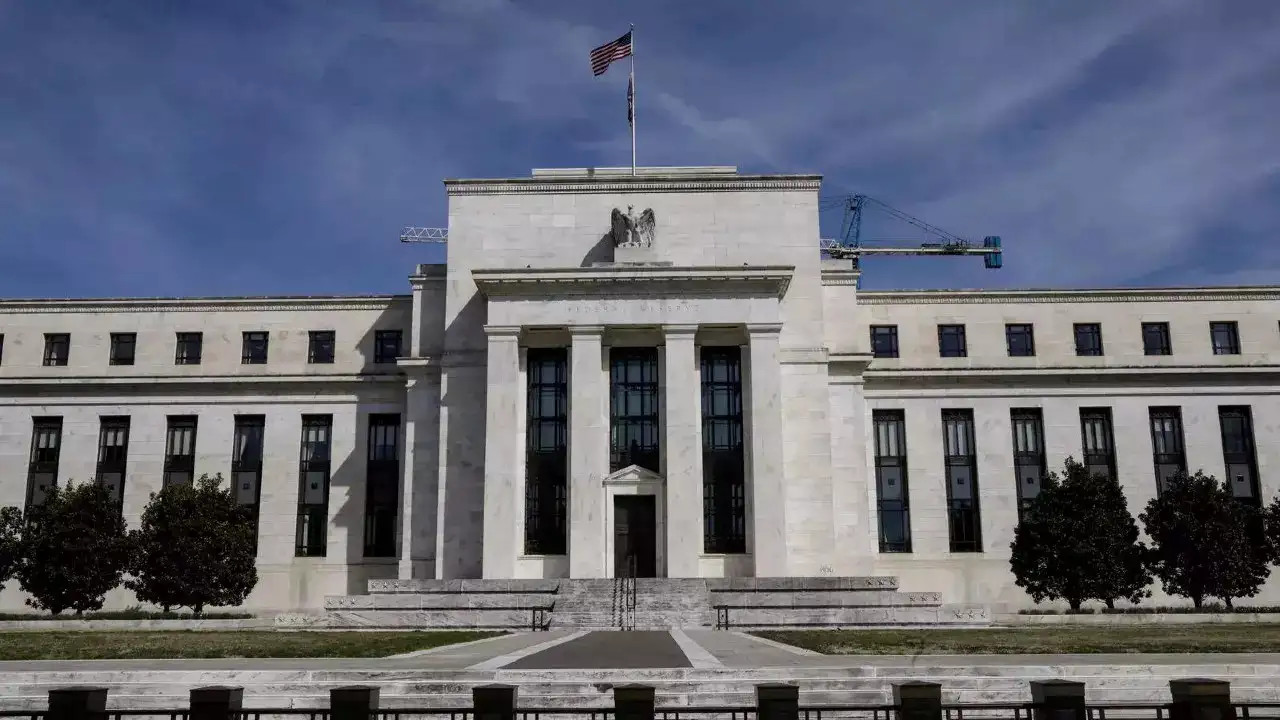India is making great progress in reducing poverty. A recent State Bank of India report projects poverty to fall to 4.6 percent in 2024. World Bank data also shows a significant decline in the last decade.
Poverty’s Grip Loosening: Is India Finally Turning the Corner?
Okay, let’s talk about something genuinely uplifting. For too long, the narrative around India has been interwoven with stark images of poverty. It’s a complex and deeply ingrained challenge, but lately, there’s been a hum of optimism. Not the fleeting, PR-spun kind, but the steady, data-backed variety.
SBI, one of India’s banking giants, recently released a report projecting a further dip in the country’s poverty rate throughout 2024. They’re pegging it at around 4-5%, which, considering where we’ve been, is seriously significant progress. Now, before you picture confetti cannons and celebratory parades, let’s be realistic. This isn’t a “Mission Accomplished” banner moment. But it is a compelling signal that the ship is, finally, turning in the right direction.
For years, simply talking about reducing poverty felt like a broken record. Political slogans were plentiful, but tangible change on the ground felt agonizingly slow. So, what’s different this time? What’s driving this projected downward trend?
The SBI report points to a confluence of factors, and that’s where it gets interesting. It’s not just one silver bullet, but a sustained barrage of targeted initiatives. Think of it like a multi-pronged attack on a deeply entrenched problem.
Firstly, direct benefit transfer (DBT) schemes are playing a major role. These are essentially government handouts delivered directly into the accounts of those who need them most. We’re talking about things like subsidized rations, pensions for the elderly and vulnerable, and financial assistance for farmers. And while there’s always room for improvement in terms of efficiency and preventing leakage, the DBT system is becoming increasingly sophisticated, cutting out intermediaries and ensuring aid reaches its intended recipients. Think about the impact on a rural family struggling to make ends meet – that direct deposit can be the difference between putting food on the table and going hungry, between sending their kids to school and keeping them at home to work.
Secondly, financial inclusion is a game-changer. More and more people in rural and underserved areas are getting access to banking services. This isn’t just about having a place to park your money; it’s about accessing credit, saving for the future, and participating in the formal economy. When people can access financial services, they can start building assets, investing in their businesses, and breaking free from the cycle of debt and dependence. Microfinance institutions have also been playing a vital role in this, providing small loans to entrepreneurs who might otherwise be excluded from traditional banking systems.
Thirdly, the rural employment guarantee scheme (MGNREGA) continues to be a crucial safety net. It guarantees 100 days of wage employment to rural households, providing a much-needed source of income during lean periods. While MGNREGA has its critics (and rightly so – there are legitimate concerns about corruption and implementation), it still provides essential support to millions of families across the country. It’s more than just a job; it’s a source of dignity and empowerment for those who often feel overlooked and forgotten.
But let’s be honest, government schemes alone aren’t the entire story. India’s burgeoning entrepreneurial spirit is also a powerful force in poverty reduction. From roadside tea stalls to burgeoning tech startups, Indians are finding innovative ways to create opportunities for themselves and others. This entrepreneurial drive, coupled with increasing access to education and skills training, is creating a virtuous cycle of economic growth and poverty reduction.
Now, a word of caution. We need to view these projections with a healthy dose of skepticism. Numbers on a spreadsheet, while encouraging, don’t always translate directly into lived experiences. There are regional disparities to consider, and the impact of climate change on vulnerable communities is a growing concern. Simply put, the progress is not uniform across the country. Certain states are performing much better than others, and certain communities are being left behind.
Furthermore, “poverty” is a multifaceted issue. While income-based poverty is important, we also need to focus on other dimensions, such as access to healthcare, education, sanitation, and clean water. A person might be lifted above the poverty line in terms of income, but still lack access to these essential services.
So, what’s the takeaway? India’s fight against poverty is far from over, but these projected improvements are a reason for cautious optimism. The combination of targeted government programs, increased financial inclusion, and a vibrant entrepreneurial ecosystem is starting to make a real difference in the lives of millions. But we need to remain vigilant, addressing the underlying causes of poverty and ensuring that the benefits of economic growth reach all segments of society.
Let’s not declare victory prematurely. Instead, let’s use this momentum to push for even greater progress, ensuring that every Indian has the opportunity to live a life of dignity and prosperity. The journey is long, but at least for now, the compass seems to be pointing in the right direction. And that, my friends, is something worth celebrating. Quietly. With a sense of purpose.
📬 Stay informed — follow us for more insightful updates!







